It can help to know more about the many road safety and speed cameras out there
A subject to justify a whole book but the following is a straightforward summary of some of the main types in common use in England and Wales. There are others used in varying numbers and technology is, of course, improving all the time although police budgetary constraints will often determine how fast new hardware and software is adopted.
Cameras are operated either by the Police directly or through a multi-agency Safety Camera Partnership or under a similar-sounding title.
Gatso
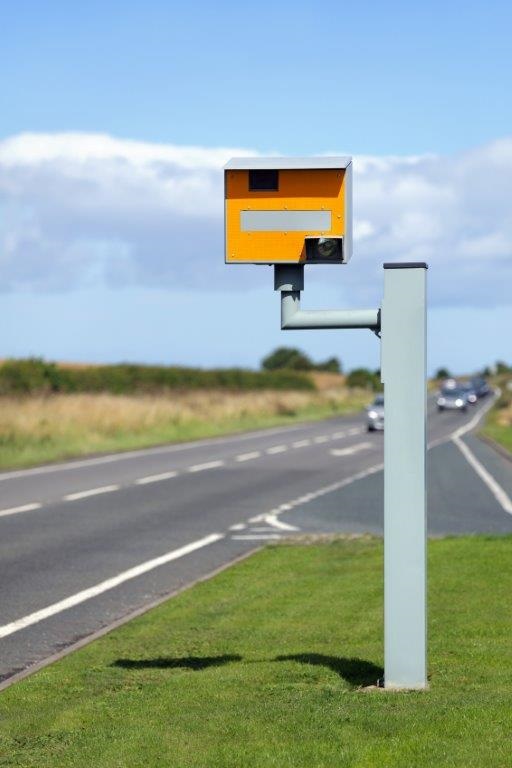 The ubiquitous speed camera from the company founded by Maurice Gatsonides, a Dutch rally driver and inventor. With hundreds up and down the country thousands of motorists have been “Gatso’d” at one time or another but this original wet film camera system, which only operates after a speeding vehicle has passed it, is being upgraded in some areas to digital. The digital upgrade has a secondary pole which sits some ten metres in front of the camera with the sole purpose of directing the flash onto a certain part of the road so that when the pictures are received back at the office they are of a sufficiently high quality.
The ubiquitous speed camera from the company founded by Maurice Gatsonides, a Dutch rally driver and inventor. With hundreds up and down the country thousands of motorists have been “Gatso’d” at one time or another but this original wet film camera system, which only operates after a speeding vehicle has passed it, is being upgraded in some areas to digital. The digital upgrade has a secondary pole which sits some ten metres in front of the camera with the sole purpose of directing the flash onto a certain part of the road so that when the pictures are received back at the office they are of a sufficiently high quality.
The original Gatso is reliant on someone coming to load film and remove it for processing before anyone can possibly be prosecuted for speeding past one of these cameras. Consequently there may be occasions when the camera is either empty or the fim is used up.
With newer digital cameras the images are downloaded direct to an office for processing and analysis via a standard ADSL line or through a wireless data link. The digital camera is always live.
If you are flashed the time limits for giving you a Notice of Intended Prosecution apply every bit as much as if you were stopped by the police at the roadside; the police must send the Notice within 14 days of the offence. The police send the Notice and a Section 172 request for details as to the driver’s identity normally to the address of the registered keeper of the vehicle.
If you are in any doubt about the correctness of the documentation received, the time that has elapsed, or anything else at this stage, you should seek urgent legal advice
Truvelo
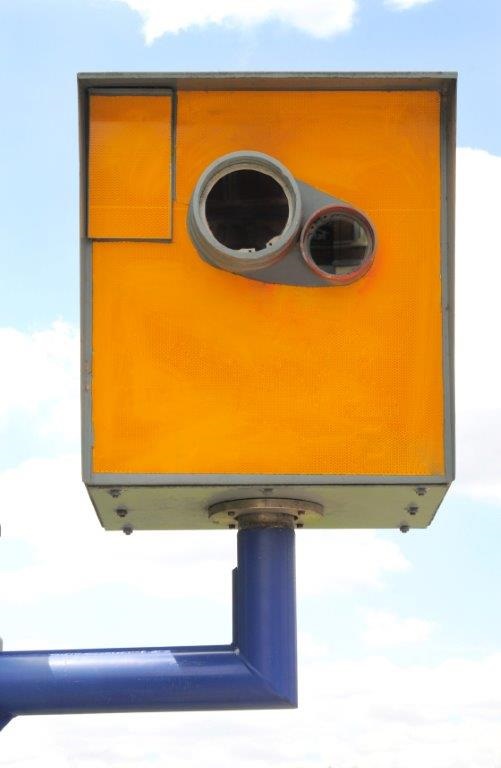 These are a major alternative to Gatso cameras supplied by a subsidiary of the South African Truvelo company with the unusual name being a contraction of the words “True Velocity”. These cameras are generally, but not exclusively, front-facing so will take a photograph if you approach the unit at excess speed and are likely to capture an image of the driver as well. They utilise a magenta filter on the flash unit to prevent dazzle. Truvelo now actively market a sleek digital camera called D-Cam which can monitor speed and also act as a red light camera.
These are a major alternative to Gatso cameras supplied by a subsidiary of the South African Truvelo company with the unusual name being a contraction of the words “True Velocity”. These cameras are generally, but not exclusively, front-facing so will take a photograph if you approach the unit at excess speed and are likely to capture an image of the driver as well. They utilise a magenta filter on the flash unit to prevent dazzle. Truvelo now actively market a sleek digital camera called D-Cam which can monitor speed and also act as a red light camera.
SPECS (Variable Speed Cameras)
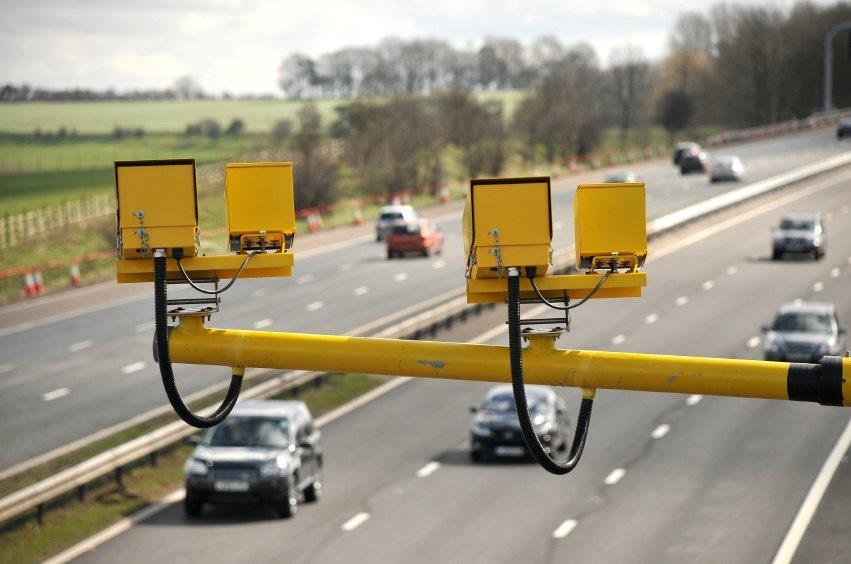 These are the average speed cameras sited on those yellow gantries with slightly elaborate brackets often located at motorway roadworks. They rely heavily upon infra-red ANPR number plate recognition technology which works regardless of the lighting and weather conditions. The number plates are read and, when the same vehicle is recorded by any other camera connected to the system, the average speed of the vehicle is calculated over the known baseline distance. If this speed exceeds the police threshold for the road, an offence record is created and a prosecution may follow.
These are the average speed cameras sited on those yellow gantries with slightly elaborate brackets often located at motorway roadworks. They rely heavily upon infra-red ANPR number plate recognition technology which works regardless of the lighting and weather conditions. The number plates are read and, when the same vehicle is recorded by any other camera connected to the system, the average speed of the vehicle is calculated over the known baseline distance. If this speed exceeds the police threshold for the road, an offence record is created and a prosecution may follow.
The manufacturers argue that average speed enforcement is fairer as you are not penalised for a momentary lapse as you pass a single camera post – you have the opportunity to correct your speed as you pass through the entire set of cameras.
They might also be installed permanently on roads which have a history of people killed or seriously injured.
Red Light safety cameras
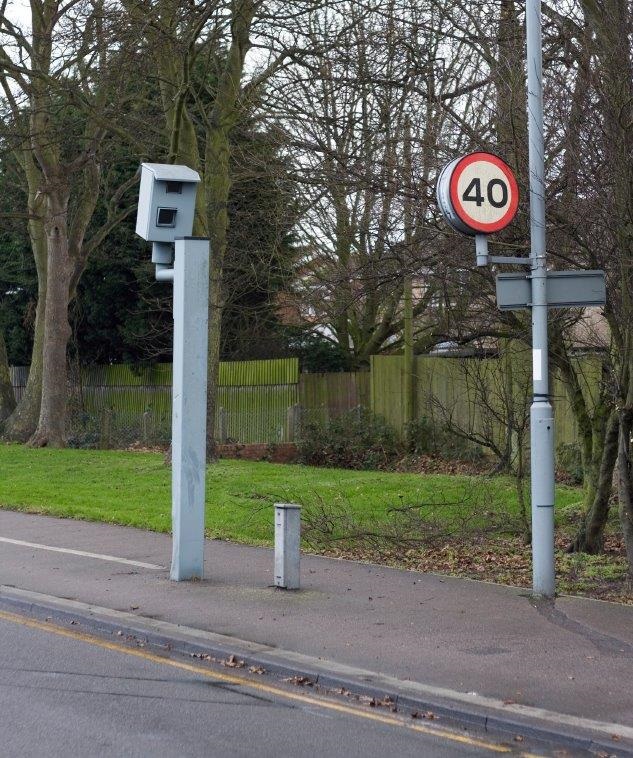 Sited at traffic light controlled junctions these cameras are not required to be covered in high visibility material. They are only live once the signal beside the unit has turned to red. Once triggered they take 2 photographs in order to prove that the vehicle has fully passed a red light; they record vehicle speed as well. The penalty will depend upon the time elapsed since the light turned to red; below 3 seconds and the matter will normally be dealt with by means of the Driver Awareness Scheme or a Fixed Penalty; above 3 seconds and the matter will go to court. Largely a matter of timing therefore.
Sited at traffic light controlled junctions these cameras are not required to be covered in high visibility material. They are only live once the signal beside the unit has turned to red. Once triggered they take 2 photographs in order to prove that the vehicle has fully passed a red light; they record vehicle speed as well. The penalty will depend upon the time elapsed since the light turned to red; below 3 seconds and the matter will normally be dealt with by means of the Driver Awareness Scheme or a Fixed Penalty; above 3 seconds and the matter will go to court. Largely a matter of timing therefore.
If you are in any doubt about your legal position if your vehicle is photographed at a junction you should consider seeking advice as soon as possible. It can make all the difference
Newnham & Jordan Solicitors are able to assist and advise you with regard to a variety of Road Traffic, Driving and other regulatory issues.
Call us now on 0845 680 7871
This article is intended for general information purposes only and shall not be deemed to be, or constitute legal advice. Newnham & Jordan Solicitors cannot accept responsibility for any loss as a result of acts or omissions taken in respect of this article or any external articles it may refer or link to.
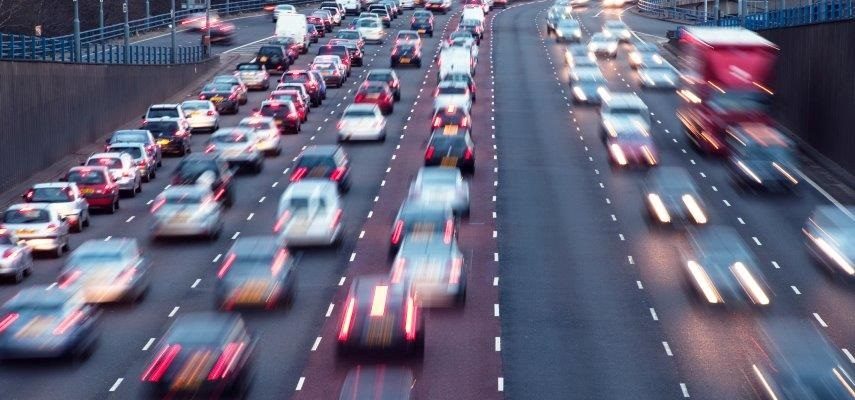
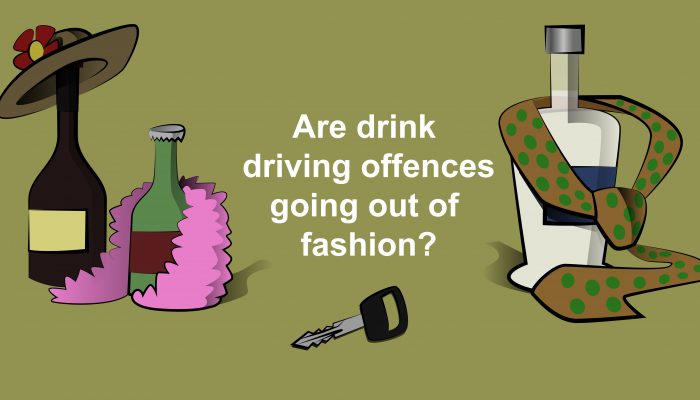
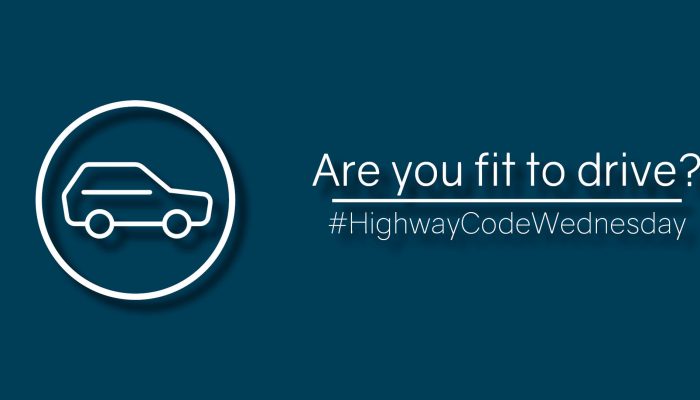
One comment
I would love to know how a speed camera not far from me In Kilworth, Leicestershire; when I deliberately drove through it at 20-mph with a witness on board to watch my speed as the camera had got me twice before so I wanted to see how slow I needed to go to avoid another ticket
as I slowed down from 30 to 20 to be sure that I did not receive a 3rd ticket both in the car confirmed that we were doing 20 for the whole range of the camera which resulted in me getting a ticked claiming that I was doing 36-mph How can this be? To be fair, I was going so slow that the car following me came very close to my rear bumper and I wondered if this would confuse the software by obscuring the line of sight view the camera needed to see the white lines on the road? On the Westbound side the camera would be behind me when it took the reading so should have got my number plate but I’m still waiting for that picture! Pleas reply as I have to decide how to proceed as this appears to have been a very rare case. Alex Notman – Retired Automatic – Land and Marine Fire Detection & Extinguishing systems Engineer. Age 83. Alex..